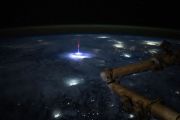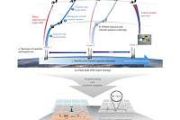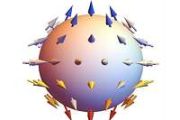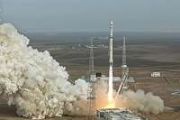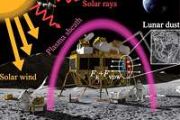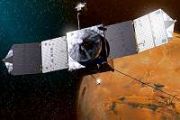
Copernical Team
Webb visits a star-forming spiral
 Image:
Webb visits a star-forming spiral
Image:
Webb visits a star-forming spiral Downlinking satellite data from space to the cloud

In October 2024, NASA and ESA carried out a series of system trials to test the transmission of data from ESA ground stations to commercial cloud servers.
Artist's view of Europe's launcher family from 2024 onwards
 Image:
Artist's view of Europe's launcher family from 2024 onwards
Image:
Artist's view of Europe's launcher family from 2024 onwards Ariane 6 VA263 liftoff
 Image:
Ariane 6 VA263 liftoff
Image:
Ariane 6 VA263 liftoff Ariane 6 lifts off for the second time
 Image:
Image:
Europe’s newest rocket, Ariane 6, took flight for the second time from Europe’s Spaceport in French Guiana at 13:24 local time on 6 March (16:24 GMT, 17:24 CET).
This was the first commercial flight for Ariane 6, flight VA263, delivering the CSO-3 satellite to orbit. Arianespace was the operator and launch service provider for the French Procurement agency (DGA) and France’s space agency CNES on behalf of the French Air and Space Force’s Space Command (CDE).
Submit your proposal to the European Launcher Challenge

The European Launcher Challenge (ELC) is now open to proposals. Details about the ELC Programme can be found here. Any questions should be made exclusively via the dedicated function in esa-star tendering.
Media invitation: meet the new MetOp Second Generation and Sentinel-5 missions
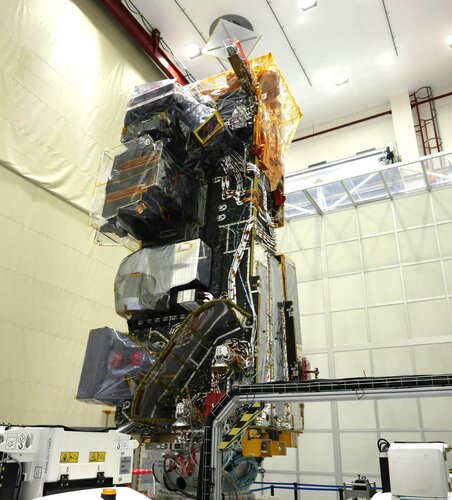
Media invitation
Meet the new MetOp Second Generation and Sentinel-5 missions
Planet collaborates with ESA to advance Greek satellite services
 Planet Labs PBC (NYSE: PL), a key player in delivering daily Earth observation data, has entered a new agreement with the European Space Agency (ESA) to support Greece's National SmallSat Programme. This initiative, led by the Hellenic Ministry of Digital Governance and financed through the Recovery and Resilience Fund (RRF) Greece 2.0, will utilize Planet's commercial satellite data to bolster
Planet Labs PBC (NYSE: PL), a key player in delivering daily Earth observation data, has entered a new agreement with the European Space Agency (ESA) to support Greece's National SmallSat Programme. This initiative, led by the Hellenic Ministry of Digital Governance and financed through the Recovery and Resilience Fund (RRF) Greece 2.0, will utilize Planet's commercial satellite data to bolster Molecule's "fingerprint" may help explain formation of life on earth
 The chemical element sulphur is essential for all life forms and is a building block of proteins and amino acids. By studying sulphur-based molecules in space, scientists are working to understand the chemical processes that might have led to the formation of life on Earth.
German researchers from the Max Planck Institute for Extraterrestrial Physics recently discovered a special type of m
The chemical element sulphur is essential for all life forms and is a building block of proteins and amino acids. By studying sulphur-based molecules in space, scientists are working to understand the chemical processes that might have led to the formation of life on Earth.
German researchers from the Max Planck Institute for Extraterrestrial Physics recently discovered a special type of m Deep sea neutrino study places tighter constraints on quantum gravity
 Quantum gravity, the elusive framework that would merge general relativity with quantum mechanics, remains one of modern physics' greatest unsolved puzzles. One of the most promising candidates for shedding light on this conundrum is the neutrino-a ghost-like particle that carries no electric charge and almost never interacts with matter, passing through the Earth undisturbed.
Because of t
Quantum gravity, the elusive framework that would merge general relativity with quantum mechanics, remains one of modern physics' greatest unsolved puzzles. One of the most promising candidates for shedding light on this conundrum is the neutrino-a ghost-like particle that carries no electric charge and almost never interacts with matter, passing through the Earth undisturbed.
Because of t 








